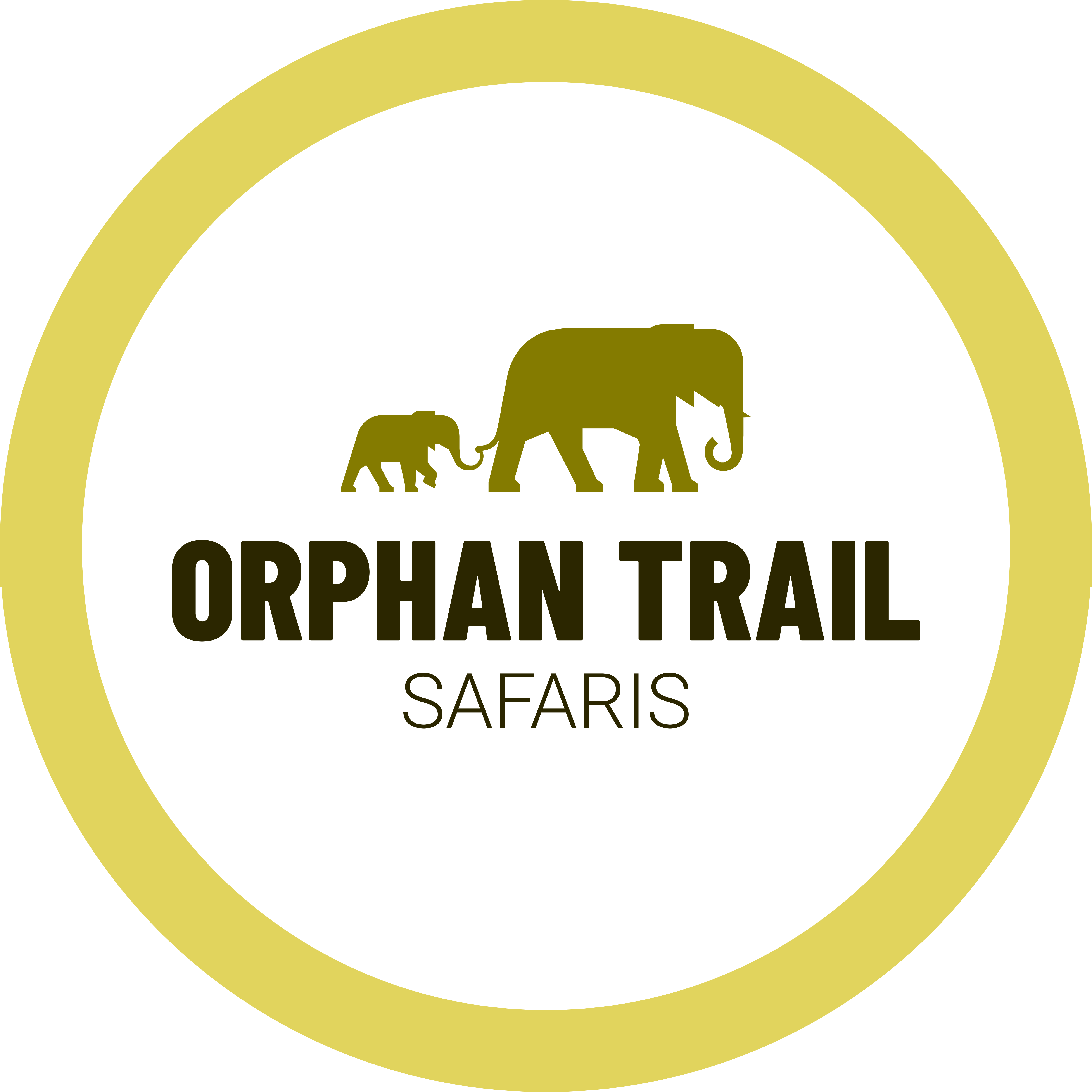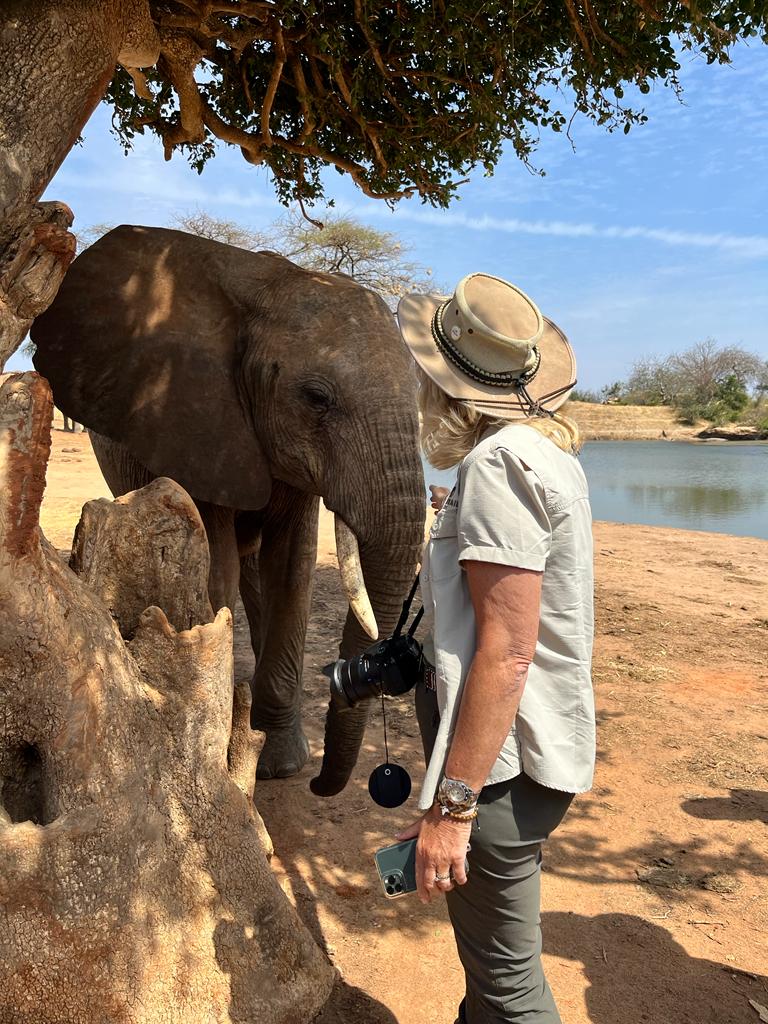Being a well-seasoned specialist safari tour guide in Kenya, taking foster parents to meet their adopted orphaned elephants visiting the Sheldrick Wildlife Trust, I have spent many days & weeks living out of my dusty duffel bag. Over the years I’ve learnt what is essential to have with me and what is not. I’d like to give you my tips on what you should pack for your African Safari.
What to pack for Safari in Kenya? – do colours matter
If you’ve been on a safari before you’ll have noticed that all the Safari Guides and visitors to the national parks wear earthy colours and neutral tones, but the local villagers & tribal people wear the brightest of colours. This is not a fashion statement and the theory behind the colours boils down to whether you want the wildlife to spot you, or not. Local villagers wish to be conspicuous so the wild animals keep their distance, not wishing to be close to humans, but the last thing you want to do whilst trying to spot wildlife is alert them to your presence. Therefore, neutral earthy tones; khaki & tan, are the recommendation whilst on safari but if you prefer to have some colour in the evening, I would suggest avoiding dark colours such as navy & black if you are travelling to areas known for Tsetse flies; Tsetse are naturally attracted to dark moving objects. You are also likely to get very dusty so if you choose to wear white, be prepared for the dirt to show.
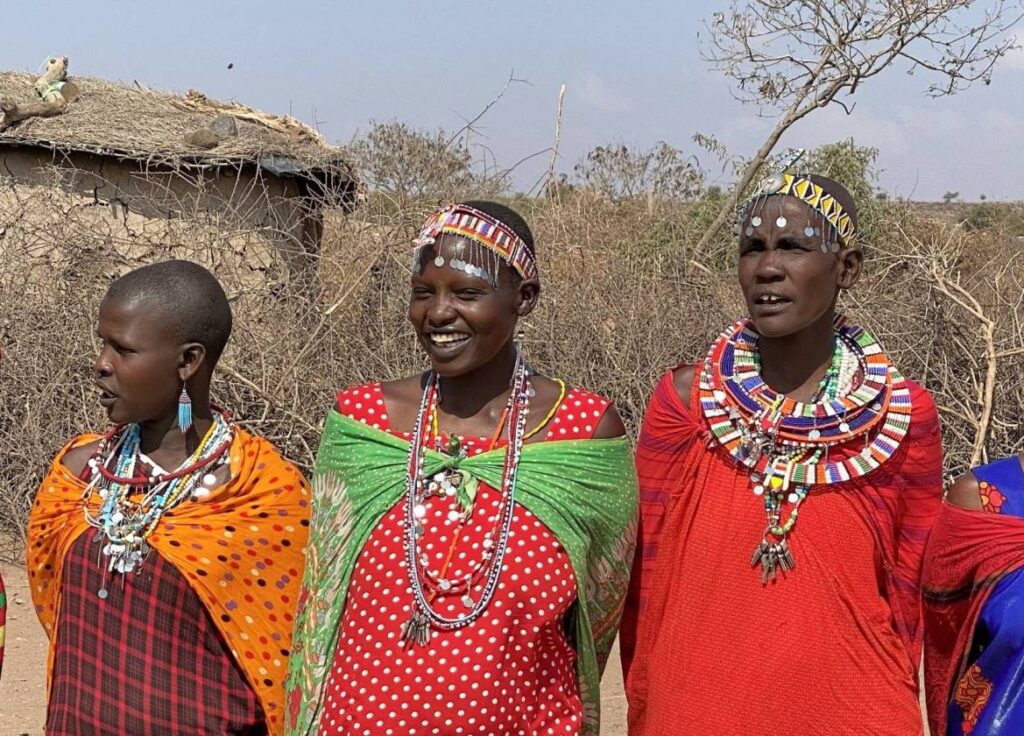
Kenya Safari – what to wear & what not to wear on Safari
The most important thing is to feel comfortable, changes in altitude in and out of the Rift Valley can occasionally cause swelling to the waist, feet & ankles so garments with adjustable waists are something to think about and you’re likely to spend many ours bumping around in a safari vehicle, sometimes in the heat, so technical, breathable, quick wicking fabrics are great for this. Changes to temperatures are also something to think about, it’s not always hot in Africa. Early morning game drives are usually very chilly as the safari vehicle will have the roof open, so layering is vital, as it can heat up by mid-morning. A laundry service is usually offered, sometimes at a fee, in most safari camps & lodges so think about using this service and just turning your clothes around without taking a different outfit for every day you’re away, no-one will notice you’ve worn something before, it’s actually expected. Laundry Service in Africa does not usually include ladies’ undergarments, but there is often laundry powder by the sink to rinse your undies. Don’t expect your items to come back pressed and you’re likely to be on a tight turnaround for your next stop, so ensure you’re guaranteed to have your items returned before you depart. You’ll be living out of your duffel bag a lot of the time!
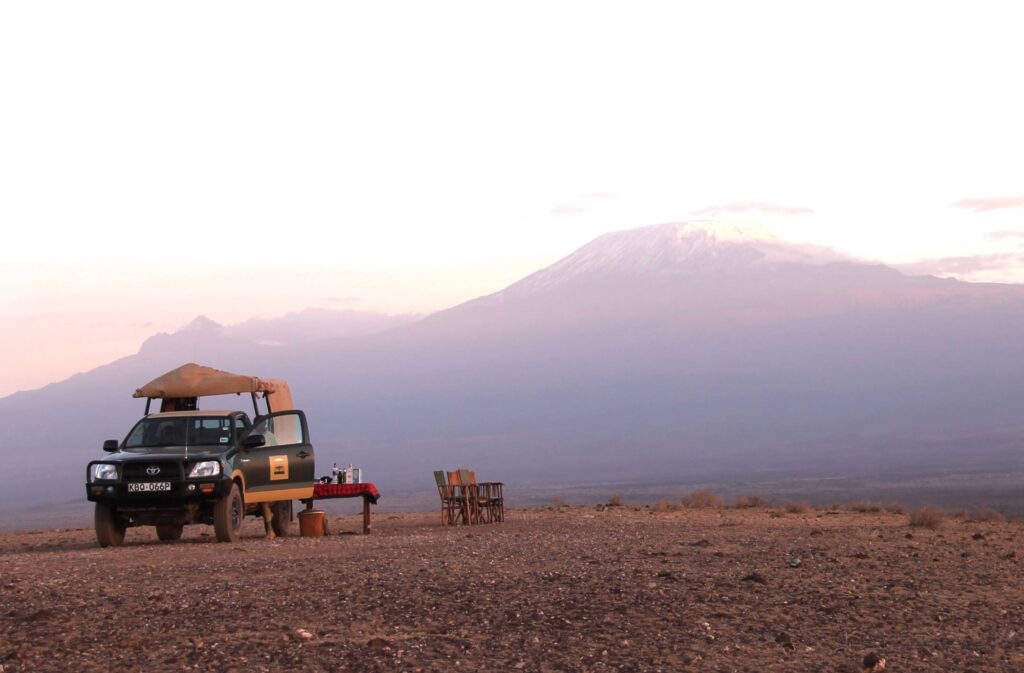
I discovered packing cubes about 10 years ago, soft nylon & breathable mesh uppers have been a godsend when living out of a duffel, there are loads on Amazon to choose from. If you’re on safari for a week, one or two pairs of long technical pants/trousers will be plenty with either one or two pairs of shorts. A single jacket, a squashable fleece, two long-sleeved technical/utility shirts and a few t-shirts will be enough, along with a sun hat, socks, underwear & a lightweight neck scarf. Sun hats with brims rather than caps will protect the back of your neck. If you’re away on safari longer, just throw in a couple more t-shirts. If you are staying in a tourist lodge/safari camp, I understand some women prefer to glam up a little for the evening, so I would suggest just a couple of pretty blouses and possibly one or two pairs of leggings or lightweight wide leg lightweight trousers, as they roll-up tiny and take up little space, they’re also really comfortable. You will look out of place if you dress up too much. But, if you’re on one of my group Orphan Trail Safaris it’s really not necessary to ‘glam-up’ at all as we will be the only visitors staying in camp.
Some safari camps have a pool so don’t forget swimwear. As for footwear, I always take my well-worn comfy safari boots, but a sturdy pair of walking shoes or trainers will be just as good. Be aware that in some areas of Kenya like Samburu National Park and Tsavo East National Park the earth is very red which can definitely stain when damp so don’t take your precious white trainers. I also take a pair of lightweight mesh slip-on trainers/sneakers and a pair of flip flops for around camp. If you’re likely to take bush walks, which you will do on an Orphan Trail Safari as we spend a lot of time amongst the Sheldrick Wildlife Trust elephants, be mindful that there are usually ticks in the grass, so I always advise my guests to wear long pants, socks and closed in shoes for this activity.
MY LIST OF ESSENTIALS
- Sunscreen
- Prescription drugs (if required)
- Anti-malaria tablets Malerone, Larium, Doxycycline or Primaquin (get your doctors or travel clinics advice)
- Tropical strength insect repellent & Bite/sting relief
- Personal toiletries (most camps & lodges supply shampoo/conditioner, shower gel & body lotion)
- A small travel-size mirror
- Travel hairdryer if you prefer to blow-dry your hair (some camps have restricted times for use of electricity)
- Camera (most safari vehicles have a set of binoculars but take your own if you prefer)
- Chargers for all your gadgets
- Electrical travel adapters (if needed)
- LED bright torch
- Double-walled metal drinking water bottle
What to pack for Safari in Kenya? – what type of luggage to take
Bear in mind your luggage bags will get thrown in and out of the safari jeep and possibly on and off small aircraft, so soft-sided, durable & squashable rucksacks/duffel style luggage is very important, but they can have a solid base with wheels for ease of travelling. Keep your luggage light-weight as it’s often a squeeze to get everyone’s luggage in the rear of safari vehicles. There is also usually a weight restriction on domestic flights in East Africa of 15kg if you’re flying between the national parks, which will include your handbag and camera bag.
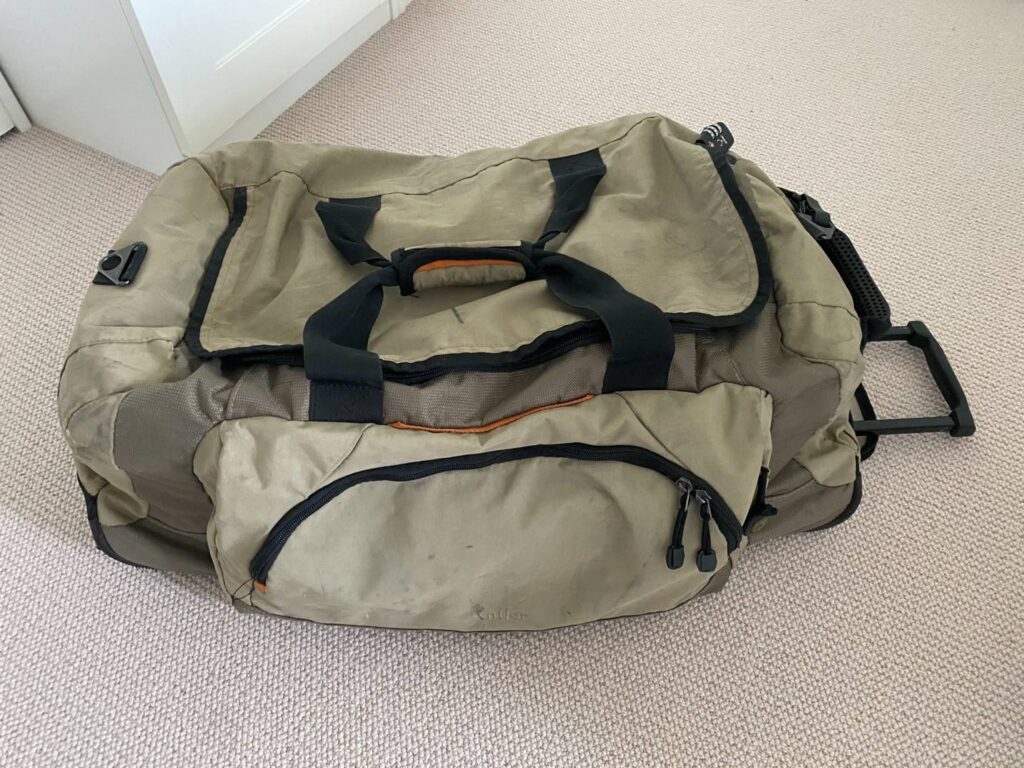
Electricity in Kenya and Tanzania
Both Kenya and Tanzania operate on a 240v supply voltage and 50Hz. Their sockets fit the UK style 3-pin square plugs. You can use your electrical appliances in Kenya & Tanzania, if the voltage in your country is between 220v-240v.
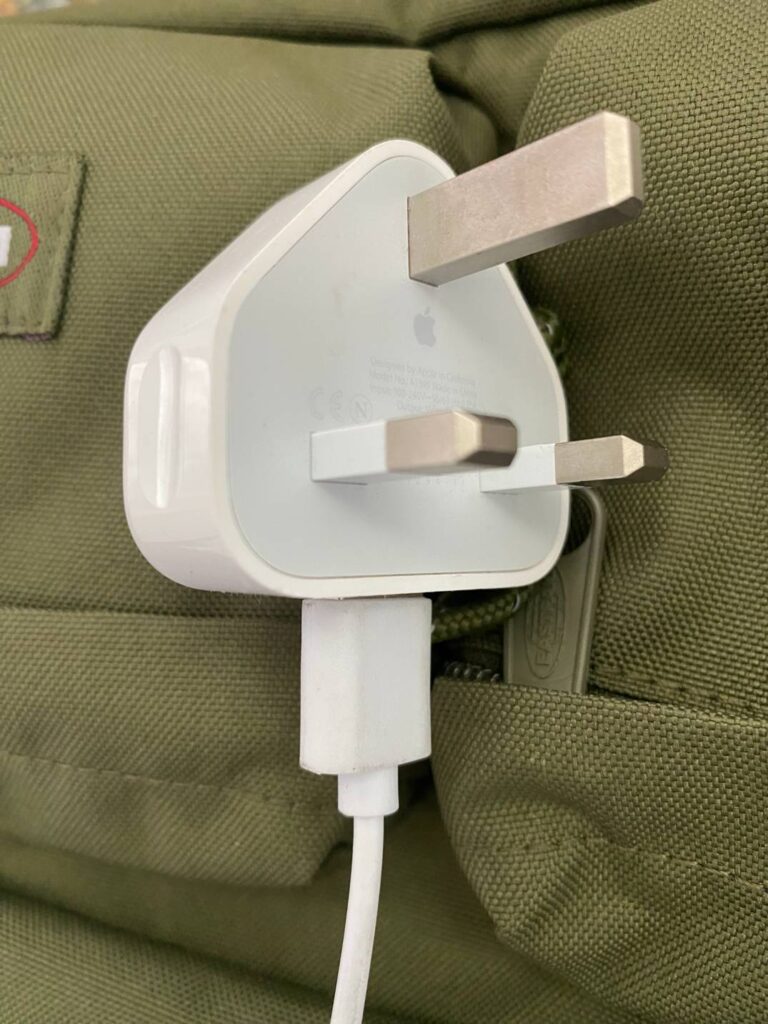
So that about wraps it up, I hope this has been useful and thank you for reading!
